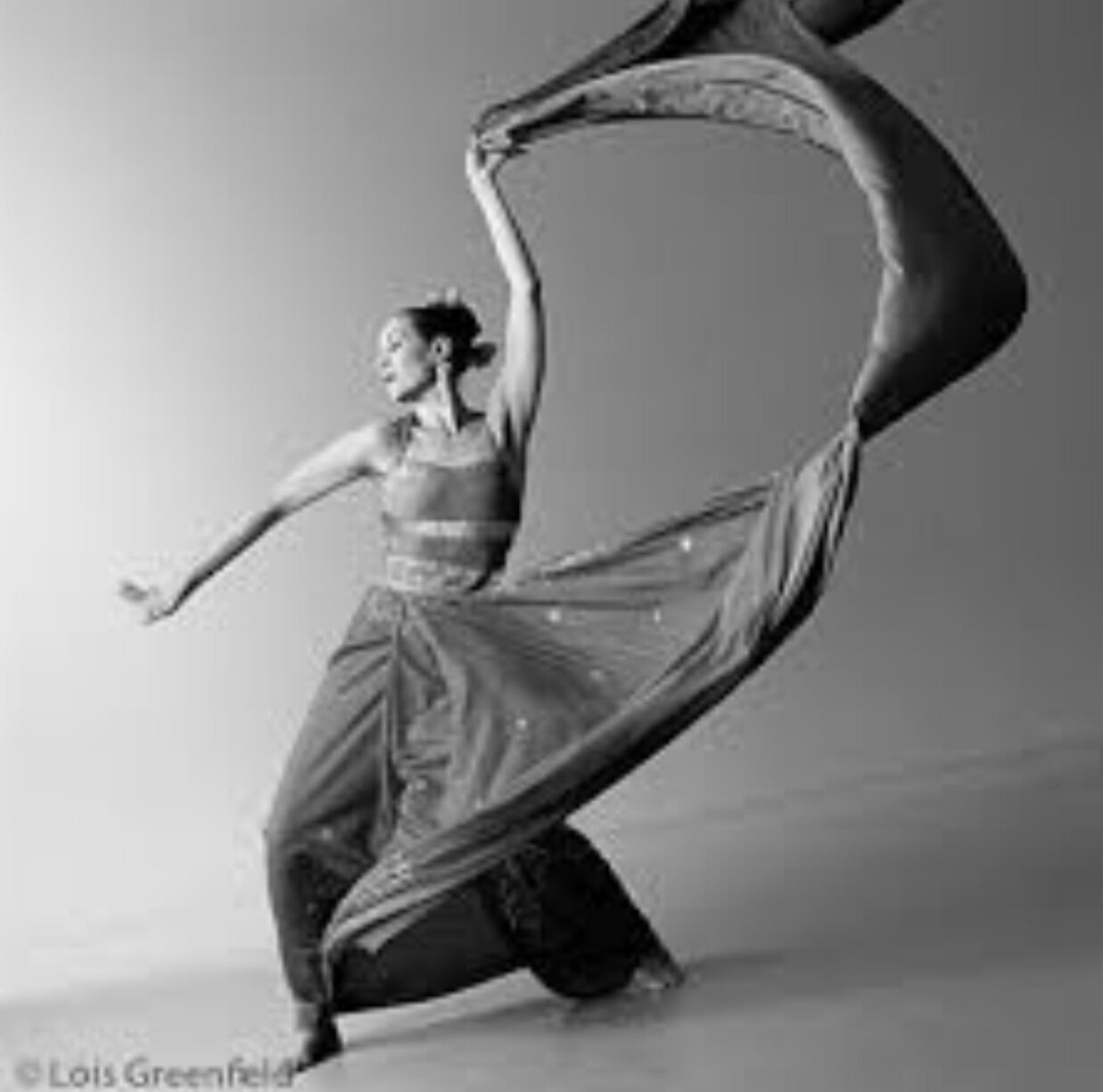Carmen de Lavallade: Black History Month 2021
90; 91; 92; 93; 94; 95; 96; 97. We have been learning in recent years to use the word “diversity” as a synonym for “racial diversity”, but the stories of many African American artists abound in stylistic diversity. The life of Carmen de Lavallade (born 1931) has spanned Broadway musicals, the Metropolitan Opera Ballet, the Alvin Ailey American Dance Theatre,off-Broadway spoken theatre, dancing, choreography, and teaching. In 2017, she received a Kennedy Center Award, though President Trump’s third statement after the Charlottesville rally led her to announce that she would forgo the White House reception. Especially when you live in New York, you become aware that she has long been one of the city’s longterm stars; but her work as teacher and choreographer also demonstrates that her vision of dancing extends far beyond her own.
She was younger cousin to the pioneering African American ballerina Janet Collins (1931-2004), who in the 1950s became ballerina (and first ever black performer) of the Metropolitan Opera Ballet. Growing up in Los Angeles, she trained in both ballet (with Carmelita Maracci) and Lester Horton technique. Among her Los Angeles contemporaries was Alvin Ailey (1931-1989), who likewise trained with Horton and for whom her teenage dancing was part of his discovery of the possibilities of the art. Years later (1961), she and another Horton alumnus, James Truitte, danced Horton’s “The Beloved” (photograph 90) with the Alvin Ailey American Dance Theatre; to this day, the Horton technique is an underpinning of the Ailey company’s style.
She and Ailey moved to New York, where they (photo 91) and a number of other future African American dance luminaries danced in 1954 in the Broadway musical “House of Flowers”, forming lifelong friendships and allegiances (see my posts earlier this month on Louis Johnson and Arthur Mitchell); other cast members were Donald McKayle and Geoffrey Holder (1930-2014). In 1955, she married Holder; during the fifty-nine years of their marriage (photos 92, 93, 94) - as he became a choreographer, actor, and designer - he observed that he had married his muse. In one work, “The Face of Violence”, he cast her as Salome (photograph 95).
She also observed that their marriage worked well because they gave each other freedom to pursue their own careers. In the mid-1950s, she succeeded her cousin Collins as ballerina to the Metropolitan Opera. In 1964, Josephine Baker (photograph 97) discovered de Lavallade’s dancing on Broadway, after which she introduced de Lavallade as a star dancer in Paris.
These are just fragments from the long, rich, yes-you-can de Lavallade story. In the 1960s, her stardom was such that the Ailey troupe would tour Asia as the de Lavallade-Ailey American Dance Company. As wife to Holder, she had multiple connections to Dance Theatre of Harlem, where she and their son Leo restated his “Dougla” in 2018. I like to imagine that, after she reaches ninety next month, the Biden White House will invite her back to complete the sense of honour that the last President, with characteristic monstrosity, interrupted.
Wednesday 17 February
90: Carmen de Lavallade and James Truitte dancing Lester Horton’s “The Beloved” in 1961 with the Alvin Ailey American Dance Theatre
91: Carmen de Lavallade and Alvin Ailey in the musical “House of Flowers”, 1954.
92: Carmen de Lavallade with her husband Geoffrey Holder.
93: Carmen de Lavallade with her husband Geoffrey Holder.
94: Carmen de Lavallade with her husband Geoffrey Holder.
95: Carmen de Lavallade as Salome in “The Face of Violence”, choreographed by her husband, Geoffrey Holder.
96: Carmen de Lavallade
97: Carmen de Lavallade, left, dancing for Josephine Baker, 1964.







